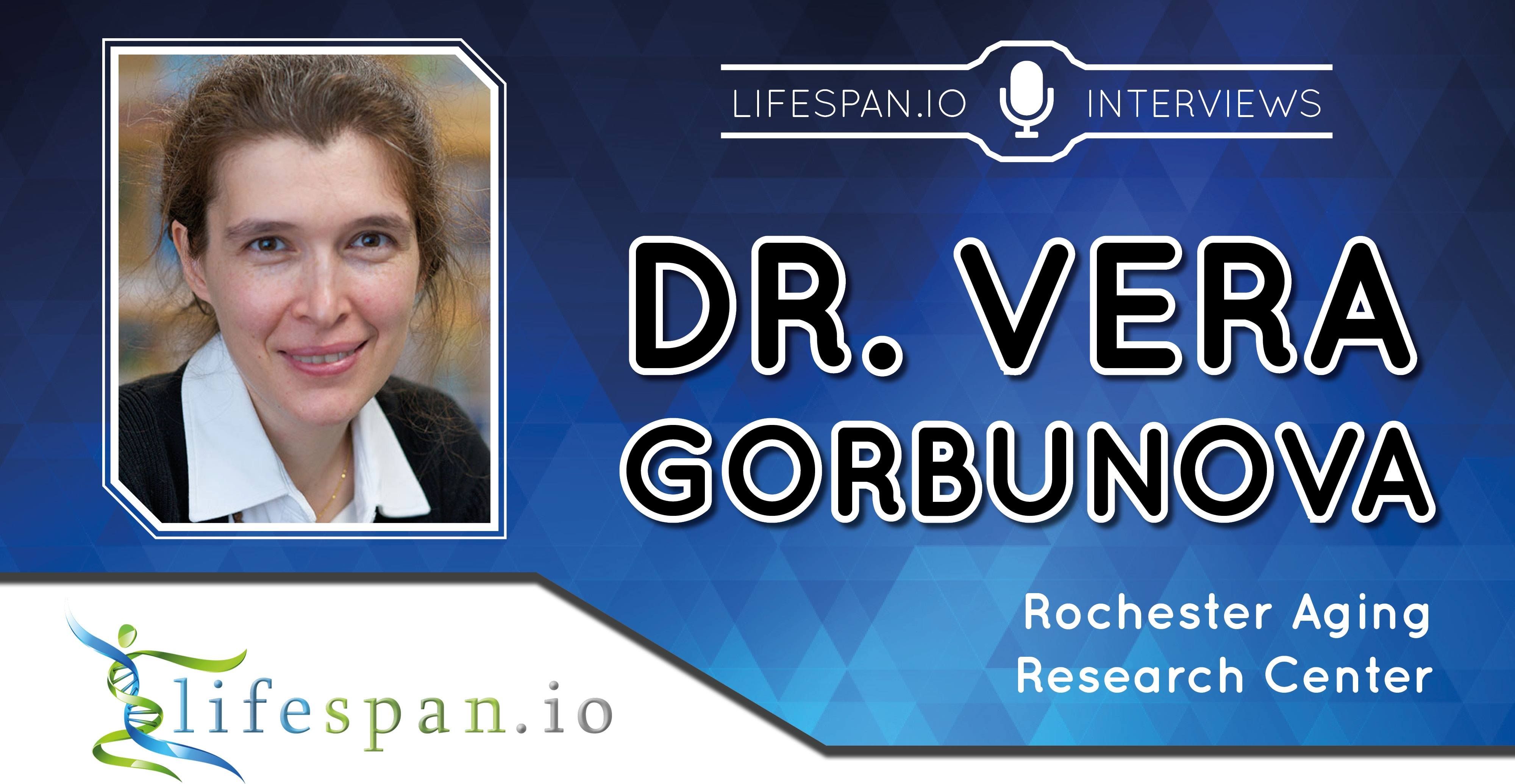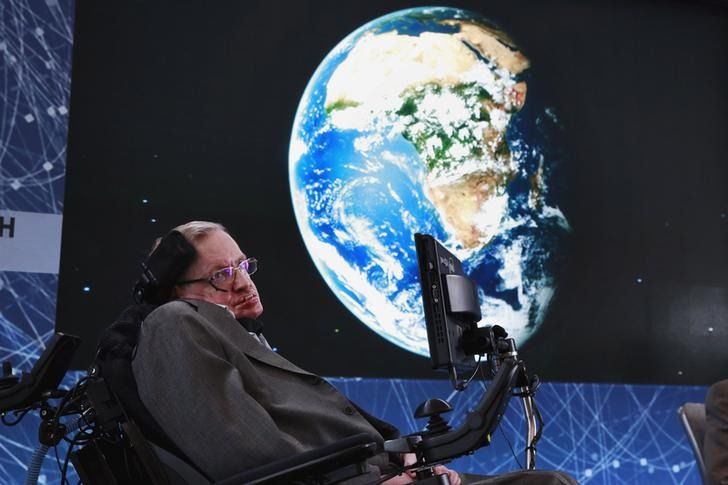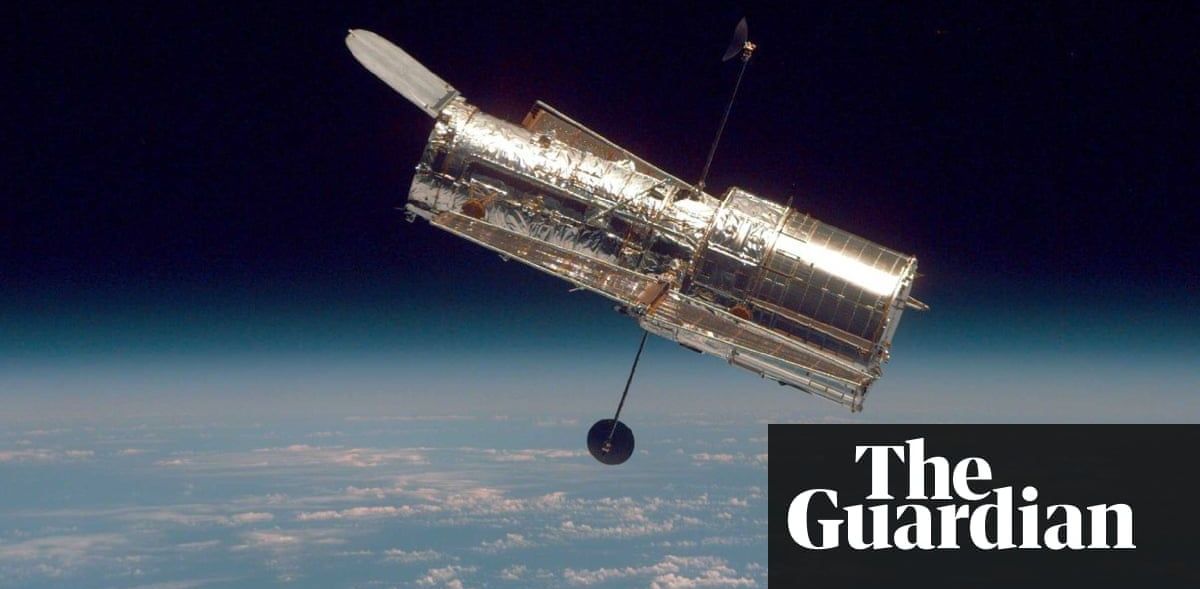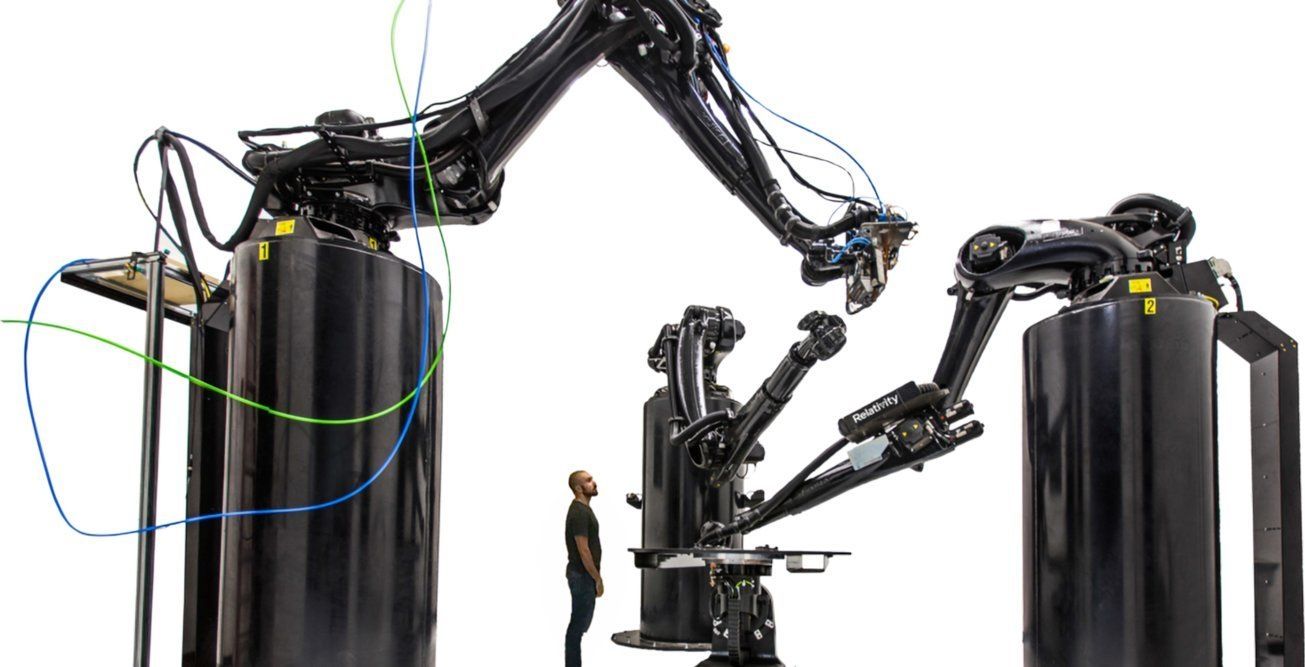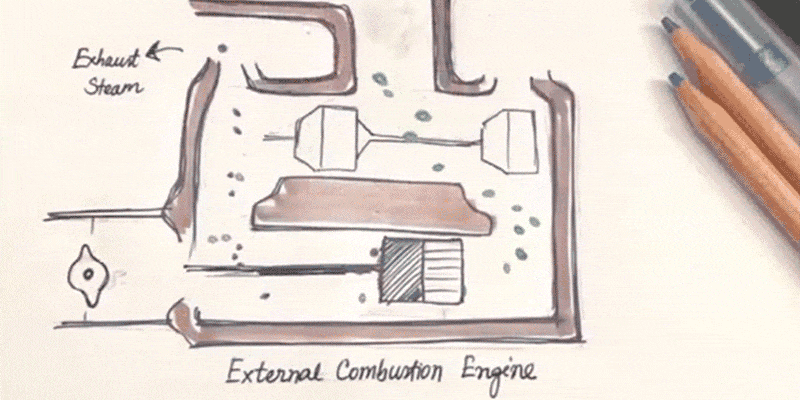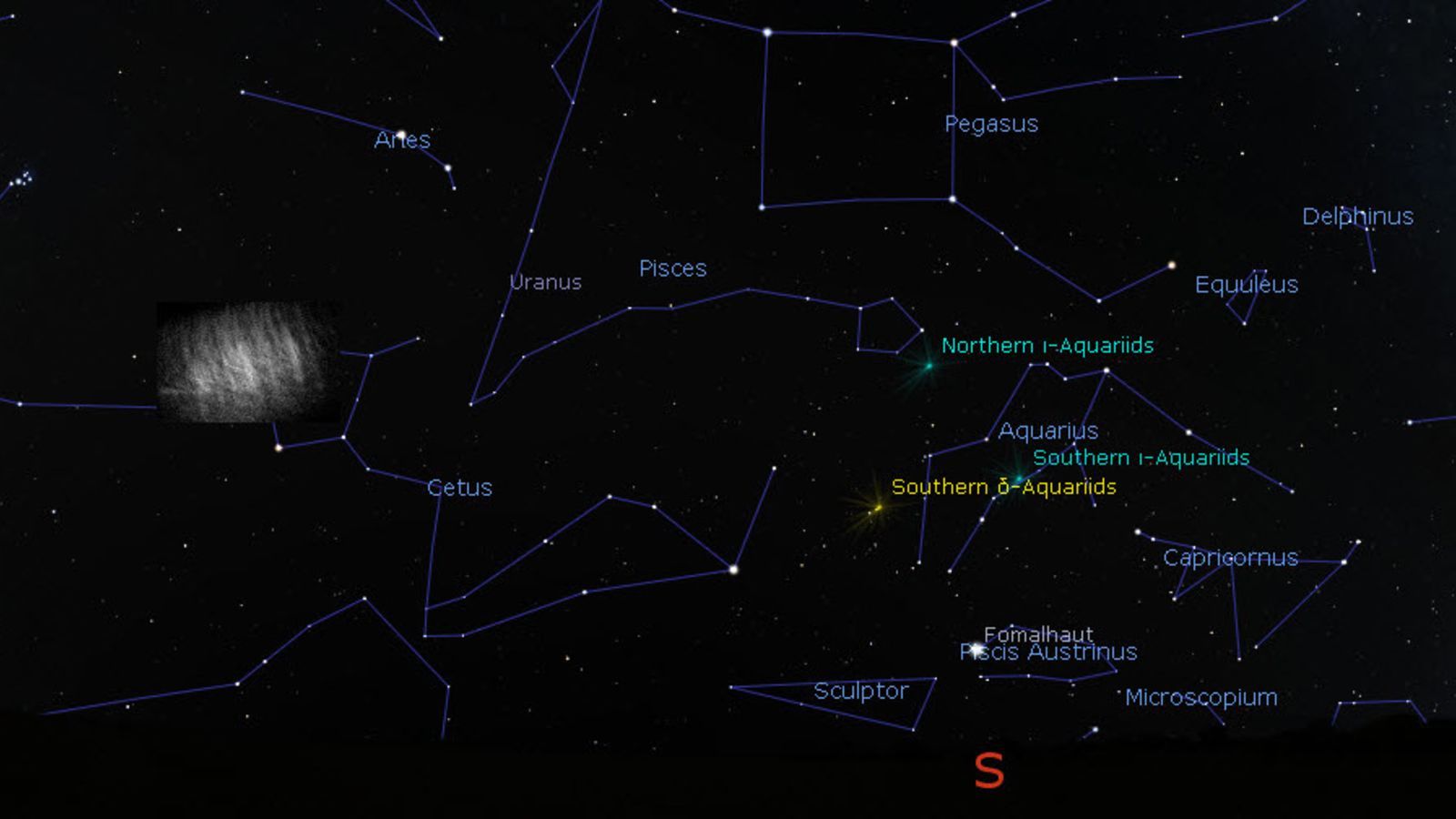In this interview, Vera Gorbunova, Professor of Biology at the University of Rochester and a co-director of the Rochester Aging Research Center, talks about our current understanding of the mechanisms behind the longevity and genome stability of exceptionally long-lived mammals and how this knowledge could be used to create therapies to extend healthy human lifespan.
The interview was made by Steve Hill and Elena Milova, members of the board of Lifespan.io.
►This video is presented by LEAF. Please support us by becoming a “Lifespan Hero”: http://lifespan.io/hero
